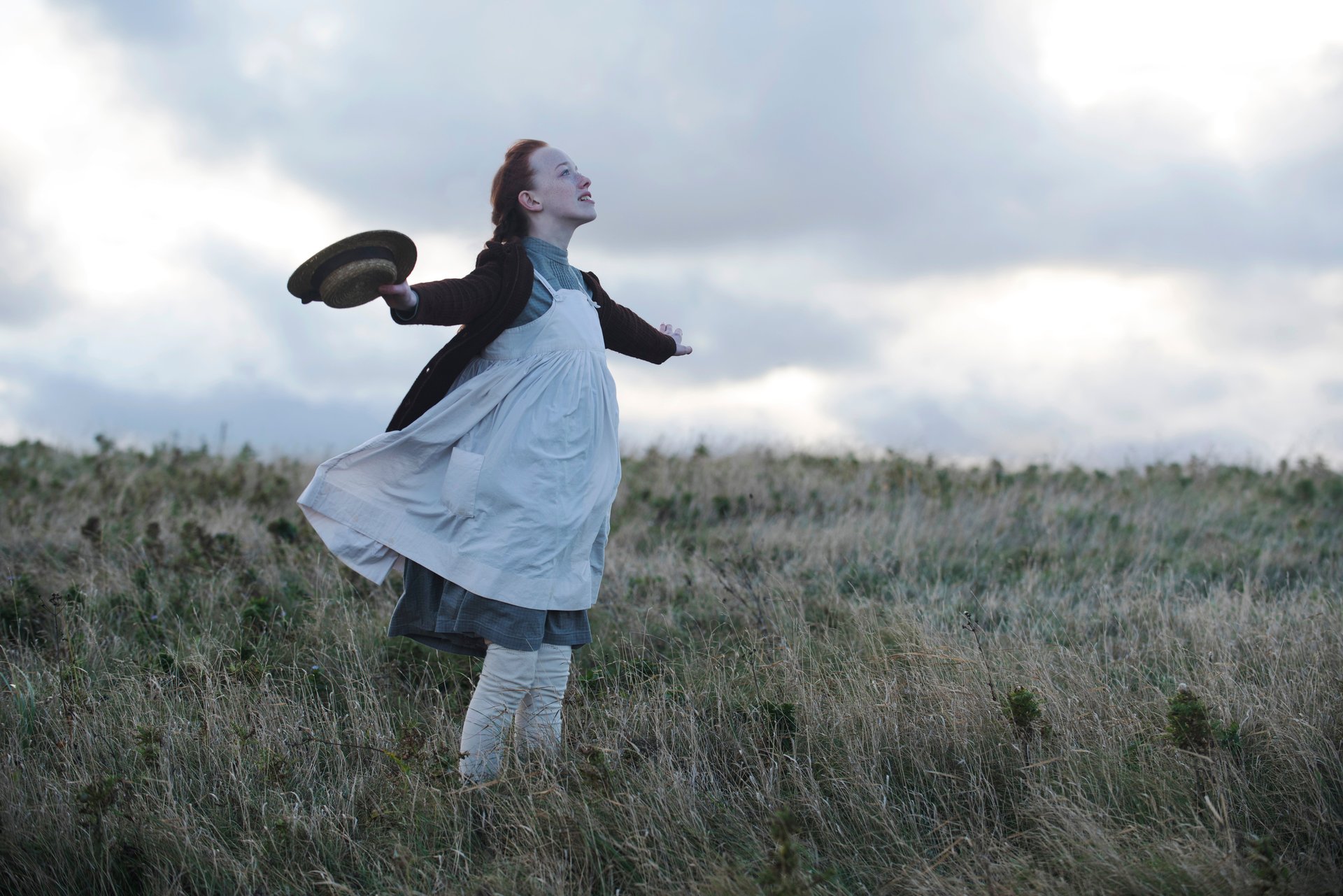If the girl nerds had taken over the world
The comic writer Stan Lee’s fans are mourning, and with good reason. The co-creator of many of Marvel’s iconic superheroes was a master at crafting compelling worlds, featuring marvelous men and buxom women. There’s a reason we have spent billions upon billions to pass time in the universe he created in the pages of comic books and on screens big and small.


The comic writer Stan Lee’s fans are mourning, and with good reason. The co-creator of many of Marvel’s iconic superheroes was a master at crafting compelling worlds, featuring marvelous men and buxom women. There’s a reason we have spent billions upon billions to pass time in the universe he created in the pages of comic books and on screens big and small.
In the wake of his death on Nov. 12 at the age of 95, Lee has been deified not just for his tireless imagination, but also as the one true hero of nerddom—the man who chipped away at the wall that stood between the popular and the unpopular, the cool and the hopelessly square, the jocks and the geeks.
The boys and men of comic-book nerddom are mourning not just a brilliant writer and creator, but also a patron saint who appeared to them in the fug of adolescence and offered them intergalactic adventure, a fantasy of self-augmentation, and the promise that eventually they’d get the girl—and the kingdom too.
We have won, they say now. Lee was our inspiration, the superhero who showed that we few—the studious, the techy, and the socially awkward—could rule this planet from Silicon Valley. As the Marvel era overtakes multiplexes around the world, and comic culture becomes mainstream culture, it is clear that the meek and puny have truly inherited the Earth!
Don’t get me wrong, I’m a nerd too. I dutifully go see every Marvel movie, and even have a favorite character (Loki, of course). But Stan Lee wasn’t my god. My nerdy adolescence wasn’t the one mythologized in popular culture. I didn’t get pushed into lockers as my Marvel comics scattered around me. I didn’t sit on the sidelines of gym class imagining myself transforming into the Hulk and smashing the meatheads.
No, I was a girl nerd. My suffering involved bitter agonies, withering looks, and complicated political games. My childhood traumas included sleepovers ruined by my suggestion that we should put on a production of Oklahoma! in the basement. My super-villains were the girls who looked, moved, and practically sang like Disney princesses, but manipulated the social world like so many Ursulas. They didn’t want to play pretend pioneers. They didn’t read Jane Austen at camp. They most certainly did not tolerate talk of Narnia.
Even those downtrodden boy nerds never gave the girl nerd world a second glance. We were invisible unless we could utter a Star Trek fact or quote lines from Star Wars. Then, we were grudgingly allowed to sit at the table, which was littered with orcs instead of teacups.
The fact that the nerds—male, and mostly white—have won the culture wars doesn’t feel like a victory to me. The people in charge have simply reshuffled themselves, and the rest of us remain unacknowledged. In many ways, Silicon Valley resembles the comic book world that Stan Lee helped create: There are women, yes, but their roles are less powerful, and they’re included on teams as token gestures. Even as the comic book and sci-fi worlds try to be more inclusive, the efforts have been met at every turn by trolls who have turned the “No Girls Allowed” sign on a clubhouse door into something much more sinister. And among the broader fandom, there’s a toxic apathy about paying to read and watch women and non-white characters that sends a clear message to Marvel: Don’t bother.
So let’s take a moment to imagine what the world would look like if girl nerds had been the victors. If we had been the ones encouraged to take up STEM subjects and create a new ruling class. Imagine if it were us who could now crow about the victory of our uncool obsessions? What would the landscape of pop culture look like now? What would the word “nerd” mean then?
If girl nerds had taken over, costume stores would sell out of mass-produced Ramona Quimby wigs on Halloween, instead of male-superhero muscle suits and skimpy girl-superhero bustiers.
A girl-nerd-dominated world would still have the survivalist movement, but preppers would be called Little Housers. They’d do a lot more butter churning, and a lot less gear-collecting.
“Sorry to nerd out,” is what a collector would say as he showed off the vintage Beatrix Potter figurine, still sealed in the box, that he scored on eBay.
The Judy Blume cinematic universe would be a thing.
Cryptocurrencies would be named after characters from Little Women, not fictional precious metals from sci-fi movies. And when the creators of Marmeecoin got together to celebrate a good day on the market, wearing the latest sweat-wicking Anne of Green Gables petticoats, they’d shout-sing the lyrics to Phantom of the Opera.
Girl nerd world wouldn’t stop at just a handful of live-action versions of Pride and Prejudice. At this point, we’d have had at least 20 reboots. The franchise would spiral outwards into hit Netflix series about Kitty or Mrs. Hill, and there would be boxes of Band-Aids featuring the latest actor who played Bingham, or the sniveling Mr. Elton. At the midnight screenings, the lines would stretch for blocks.
Horses Abound! would be an augmented reality game that would sweep the nation, sending hoards of nerdily hip adults into public parks, angling for a glimpse of Misty of Chincoteague shaking her mane behind a tree.
My generation’s ship has sailed, but beware our nerdy daughters—and sons. Your muscle-bound, female-objectifying, superheroes may well become the next ruling cultural class that these new underdogs will bring down.